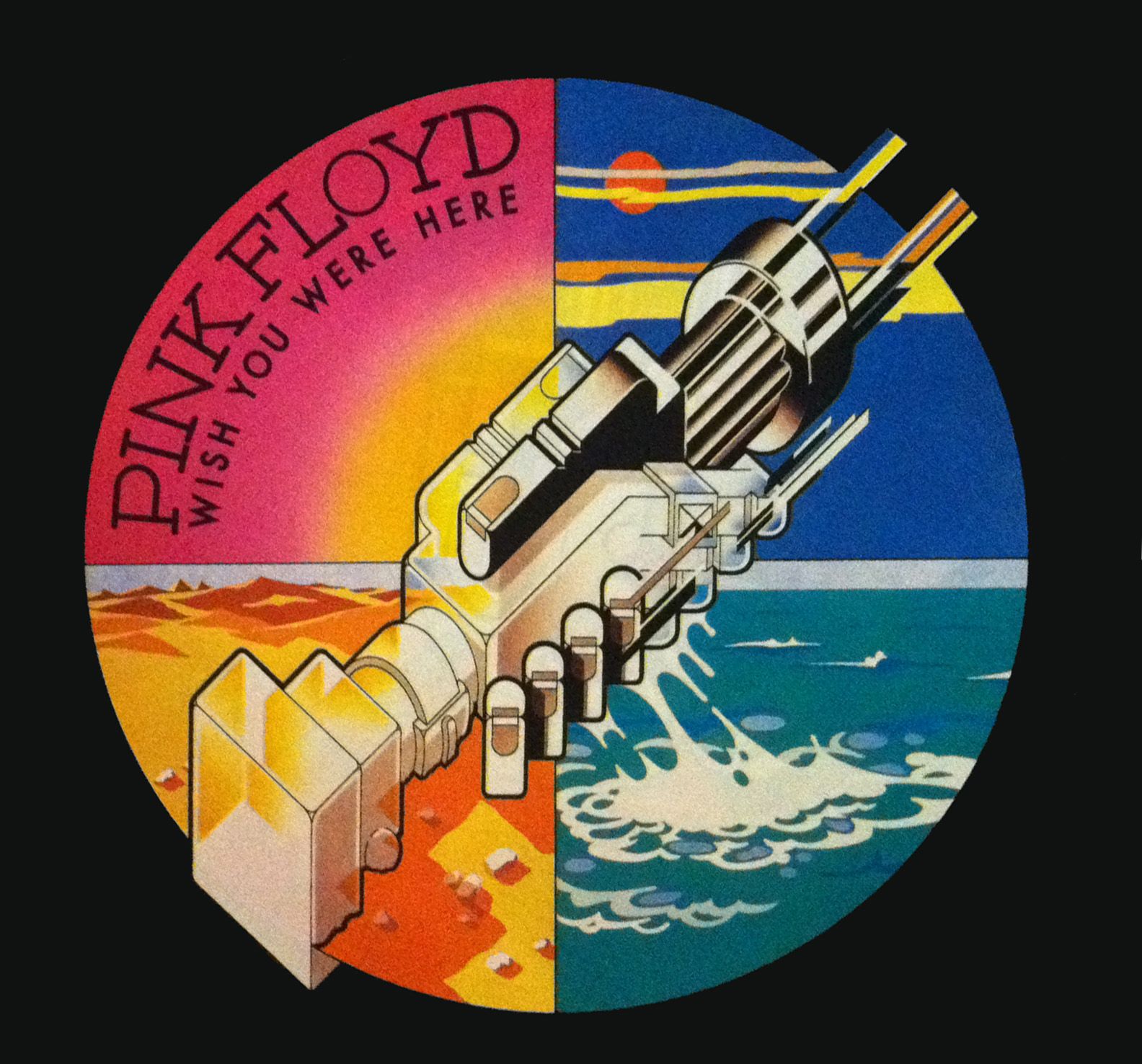|
| Suite Madame BlueStyx |
Writer(s): Dennis DeYoung (see lyrics here) Released: December 20, 1975 as an album cut on Equinox First Charted: -- Peak: 7 CL, 1 DF (Click for codes to singles charts.) Sales (in millions): NA Airplay/Streaming (in millions): -- radio, 6.344 video, -- streaming |
Awards:Click on award for more details. |
About the Song:In 1975, America was prepping for major celebrations of its bicennential the next year. 1976 wasn’t just the year that the country looked back, but the year that Styx looked forward. They had yet to become the juggernaut of classic radio, but they could see the possibilities. They’d broken through to top 40 radio with the #6 hit “Lady” which won them a major label record contract after four albums with Wooden Nickel. Their first album with A&M, Equinox, arrived in December 1975 and during the next year, gave the band two top 40 hits with “Lorelei” and “Mademoiselle.” However, the album also produced “Suite Madame Blue,” which wasn’t a single but arguably became bigger than either of the official hits. The song became a staple at classic rock radio and a regular feature in the band’s concerts. Dennis DeYoung, singer and keyboardist with the band, has called the song Styx’s “Stairway to Heaven,” FR a reference to the iconic Led Zepplien masterpiece and that each “starts slow and gathers steam as it roll on till the climatic end.” FR He wrote the song in response to the impending preparations for the bicennential celebration. Instead of writing a rah-rah patriotic tune, though, he took a more cynical look with lines like, “Red, white and blue / Gaze in your looking glass / You’re not a child anymore.” He said, “You started seeing commercials for the B-Centennial mug and the Bi-Centennial panties and all of that.” FR He told Classic Rock Revisited: “The 200th anniversary of America was being totally taken over by commercialization…I had grown up in the so-called glory days of the United States of America, which was post World War II until 1970. To live in this country at that time was really the golden age. The fallibility of the United States was something that struck me and that set the tone for ‘Suite Madame Blue.’” SF Resources:
Related Links:First posted 3/10/2021; last updated 7/11/2022. |










